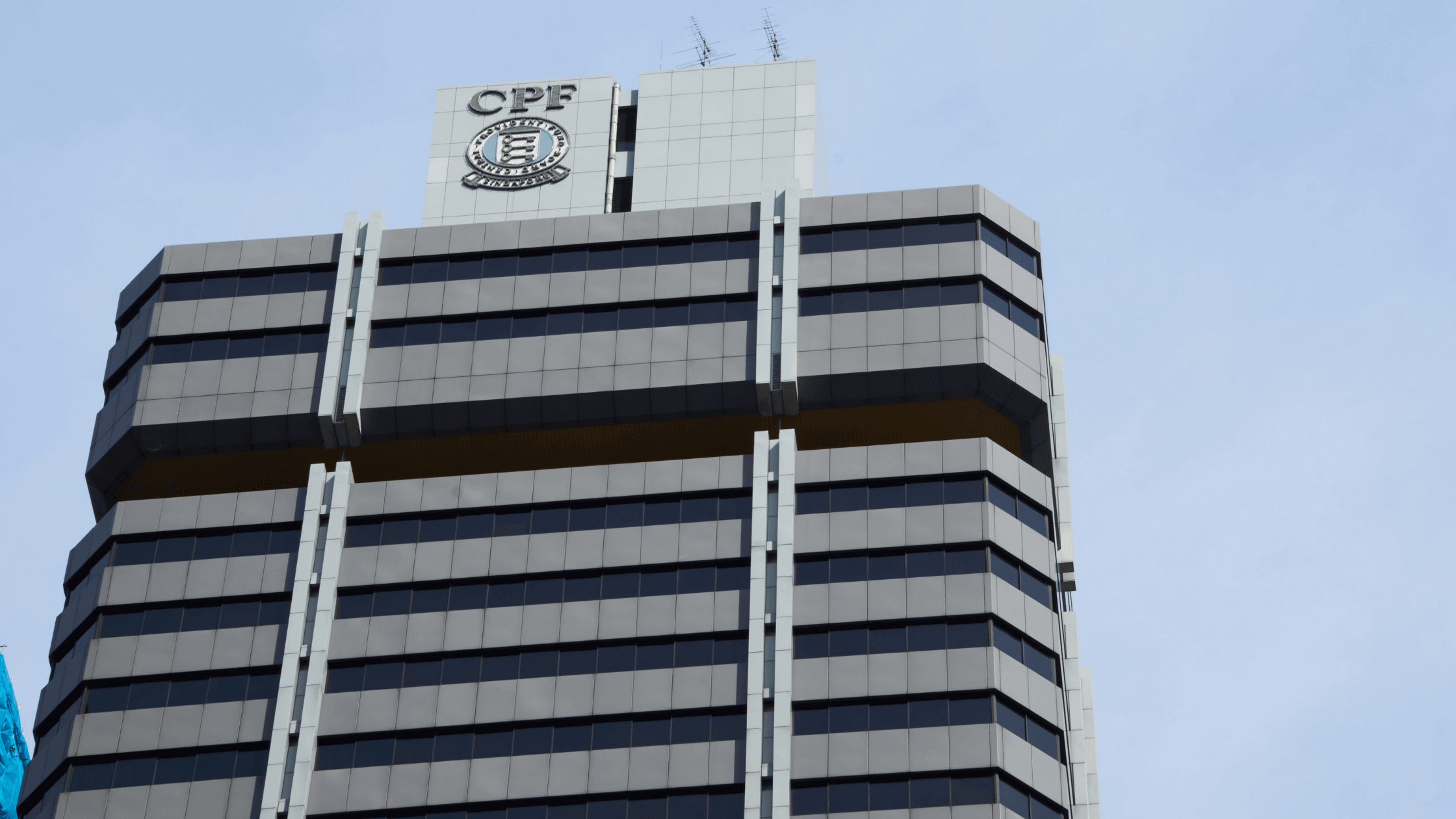What is the CPF Investment Scheme?

For any Singaporean, the Central Provident Fund (CPF) has been the social safety net that has allowed them to buy a home, receive subsidised medical care, and plan for a comfortable retirement.
However, amid all the clear benefits of the CPF, the last one – a comfortable retirement – tends to get overlooked given how far out that event is in terms of years.
For most of us in our 20s, 30s and even 40s, retirement can seem like a distant prospect. Planning for it, though, requires massive foresight.
That’s because the time it takes to grow our wealth through responsible long-term investing is measured in years (and even decades) rather than weeks or months.
That’s why the CPF Board came up with the CPF Investment Scheme (CPFIS), which allows Singaporeans to put money away towards investing for a more comfortable and care-free retirement.
How to approach investing in the CPFIS?
First off, you need to have more than S$20,000 in your CPF Ordinary Account (OA) to be able to invest in the CPFIS-OA. Think of the first S$20,000 as a safety buffer of cash.
Yes, it will generate a guaranteed 3.5% annual yield in your Ordinary Account (up to that S$20,000 limit) that makes sense, given the interest earned is risk free. But what about after you accumulate more than that?
Well, it means that for your retirement goals (especially if you’re a millennial), opening a CPF Investment Account is the only way to go if you want to grow your eventual nest egg.
The younger you start investing for your retirement, the better. Longer time horizons provide much better probabilities of you earning a positive return on your investments.
So, how should we go about investing in the CPFIS-OA? First off, you can open a CPF Investment Account with any one of the three major banks; DBS, OCBC or UOB.
Then, you’ll need to complete the CPFIS Self-Awareness Questionnaire (SAQ), which you can login to complete with your SingPass.
After that, it’s about deciding what products you want to invest in. Some of the most suitable basic options for your CPFIS-OA include:
- Unit trusts
- Singapore Government Bonds (SGBs)
- Exchange-Traded Funds (ETFs)
These, along with a few other asset types, have no limits on how much of your CPF-OA you can invest in them.
For those of us interested in investing in individual stocks, you can invest only up to 35% of your investible CPF-OA savings in eligible shares (confined to Singapore stocks).
It’s critical to approach investing for retirement with a long-term mentality. That’s why putting your money to work from a young age – and leaving it to compound over time in great companies – is one of the best ways to grow your wealth.
Benefits of CPFIS
The CPFIS has many benefits to it for individuals looking to save more for retirement. First off, it allows you to invest into the Singapore stock market.
That’s a great launching pad to become comfortable with the local stock market before investing (with non-CPF money) in international stock markets such as the US and Hong Kong.
Investing into companies we are all familiar with also helps us grasp that we are investing in companies and not just “stocks” per se.
These are real businesses, from DBS Bank (SGX: D05) to a real estate investment trust (REIT) such as Frasers Centrepoint Trust (SGX: J69U), an owner of suburban shopping malls in Singapore.
By putting our CPFIS money into real businesses and letting these stocks grow our wealth (while also receiving dividends in the process), we can better prepare ourselves for a comfortable retirement.
Differences between investing in CPFIS-OA and CPFIS-SA
The key difference between investing in the CPFIS-OA and CPFIS-SA is that you will need to have set aside at least S$40,000 in your SA before you can start.
As previously mentioned, you can begin investing within CPFIS-OA as long as you have set aside S$20,000.
Given your SA gives you a guaranteed interest rate of up to 5% (on the first S$40,000), it makes more sense to use solely your OA as the investment account to grow your wealth longer term.
The key explanation for that is because the SA does not allow you to invest in stocks at all (only the OA does) and the range of products you can invest in with your SA is much more limited.
What’s more, savings in your SA cannot be withdrawn before the age of retirement, whereas your OA can be used for housing, insurance and education – in addition to investments.
How CPFIS fits into overall CPF
The level of risk you’re willing to take on when investing through the CPFIS will be entirely dependent on your profile and tolerance.
However, it’s been proved that over the long term (think 15, 20, 25 years) stocks broadly outperform other asset classes.
Opening a CPFIS-OA just to put cash into it doesn’t make much sense. Instead, given the rate of inflation, and how it eats away at our savings, putting your money to work earlier in well-run Singapore companies could ensure you grow your retirement wealth over the years.
Investing in stocks also provides individuals with a portion of growth and passive income within the CPF – a retirement scheme that is typically known as being relatively conservative.
Only by taking on more investment risk, can we all hope to retire with enough to live comfortably when the time comes to stop working.






















